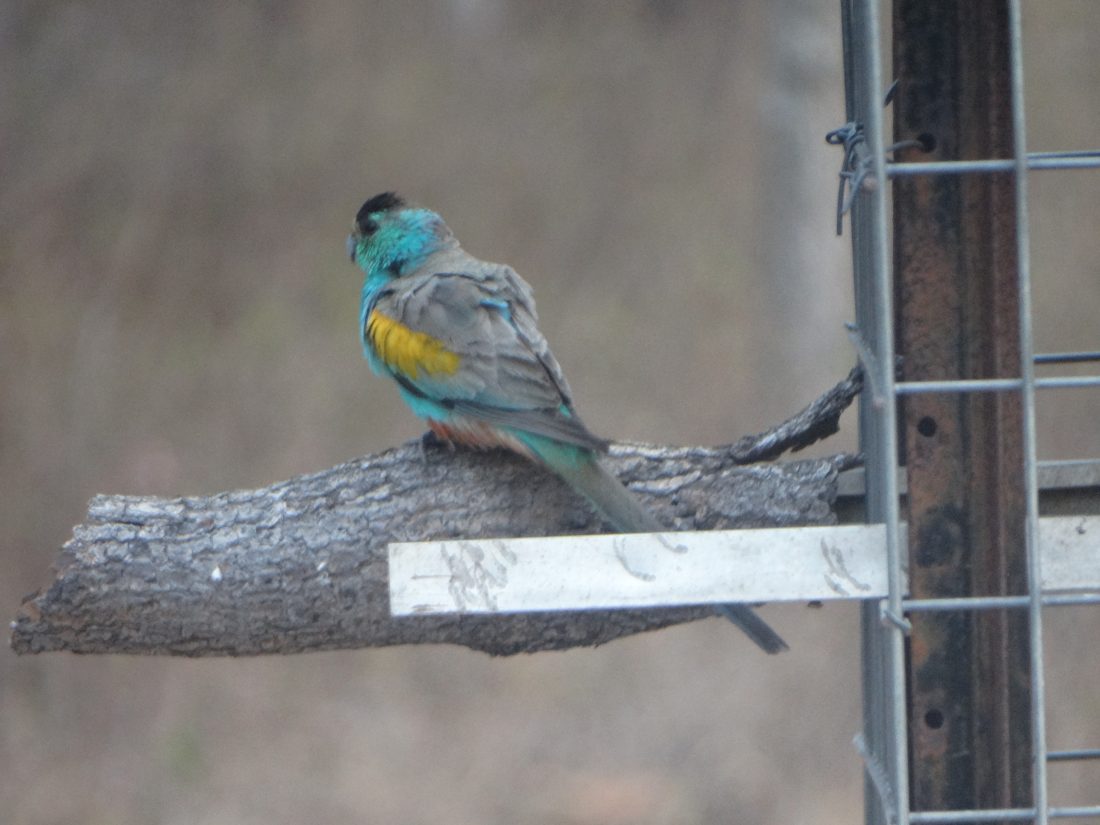Starling murmurations: a fragment of eternity
Søren Solkær was 10 when he witnessed his first starling murmuration, on the west coast of Denmark: more than 100,000 birds, making movies in the sky as they were being corralled by a falcon. It would be nearly 40 years before the photographer, best known for intimate, often playful portraits of artists and musicians, would revisit this scene of his youth, setting aside a week to capture the birds in motion.
That was five years ago, and Solkær hasn’t stopped, making the murmurations the subject of an exhibition and book, Black Sun. “I’ve pretty much done it every winter ever since, and I don’t have any plans of stopping anytime soon,” he says. Before then, and despite his childhood awakening, Solkær had never turned his lens to birds. “I still don’t photograph individual birds, because I don’t find it visually interesting to just depict a bird, it doesn’t interest me artistically.”
In fact, there are eight individual portraits of starlings in Black Sun. Solkær says that was to give colour and context to the bigger picture, “because they really look like small dots of ink in my big photographs. I wanted to show that they’re really beautiful, metallic birds.”… Read more..
Starling murmurations: a fragment of eternity Read More »
